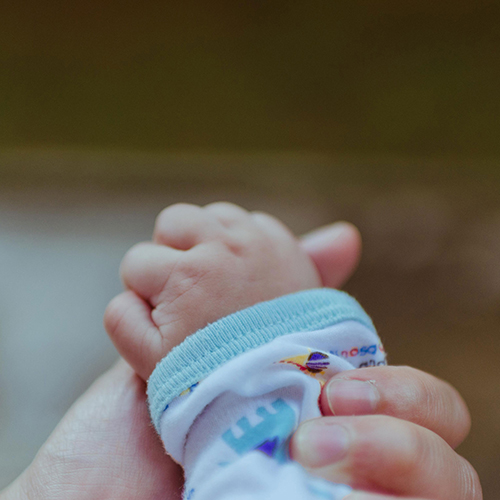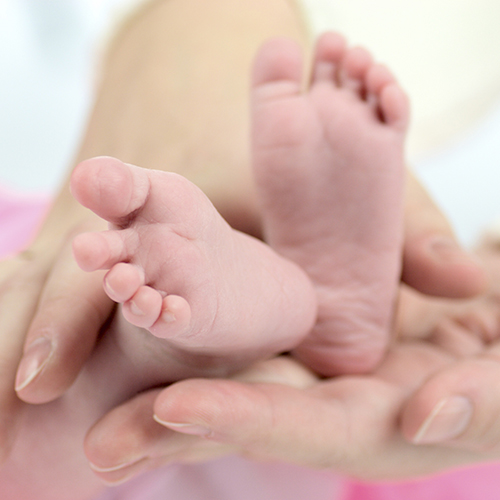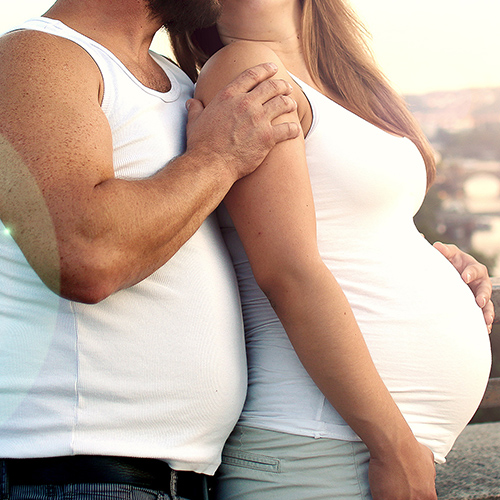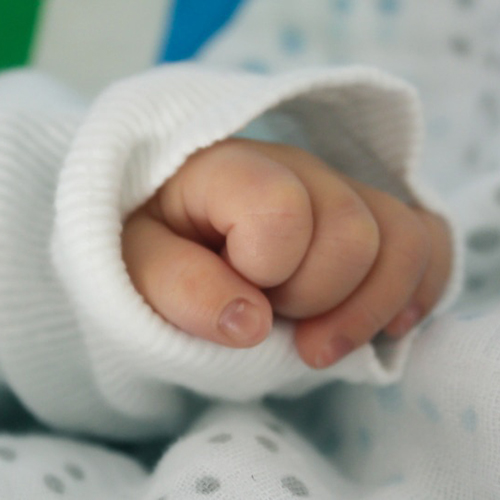Sperm and ova have only 23 chromosomes, so that when they meet, the single fertilized cell that results has 46. The fertilized cell is called a zygote and as it travels down the fallopian tube towards the uterus it divides … Read More
When am I fertile and how can I tell?
You can find out when you’re fertile by tracking your periods in a diary, or if you do not have a regular 28-day cycle, by doing an ovulation test on your urine. Keep a check on your cervical mucus which … Read More
What role do hormones play?
Ovarian follicle development is triggered by FSH from the pituitary gland. The follicles produce oestrogen. This causes the pituitary gland to release a burst of LH that cuts FH production. The LH triggers the release of the egg from the … Read More
What if I have a chronic health condition?
Asthma. This is the most common respiratory problem in mothers-to-be and is usually controlled by inhalation of bronchodilator drugs and inhaled steroids. There seems to be little risk to the growing fetus from the medication although thrush, a condition often … Read More
What determines my baby’s sex?
As a woman’s eggs each contain a single X sex chromosome, it’s your partner who will determine the sex of your baby, as his sperm contain either an X or a Y sex chromosome. If your egg is fertilized by … Read More
Male fertility facts
Sperm production continues throughout a man’s fertile life and although numbers and quality of sperm diminish from the age of 40, men in their nineties have fathered children. The process of sperm production within a man’s testes is known as … Read More
Is genetic counselling necessary?
Genetic disorders include Down’s syndrome, familial hypercholesterolaemia, cystic fibrosis, sickle-cell anaemia, thallasaemia, Tay-Sachs disease, haemophilia and Duchenne muscular dystrophy. If either you or your partner have a history of genetic disease in your extended family then you should seek counselling. … Read More
How does the ovarian cycle work?
When an egg is released from an ovary it is caught in the fimbriae, enters the fallopian tube and is carried slowly along by contractions of the tube and by the rhythmic waving of tiny hair-like projections in its lining … Read More
How do twins happen?
Each has its own placenta within the uterus. Identical twins come from a single egg, fertilized by a single sperm. The egg divides into two and each develops independently into a genetically identical twin sharing a single placenta.Other multiple pregnancies … Read More
Female fertility facts
The fertility of both men and women reaches its peak at about the age of 24 and then begins to wane. A woman’s entire stock of eggs, or ova, are formed in her two ovaries while she is still in … Read More
- Page 1 of 2
- 1
- 2










